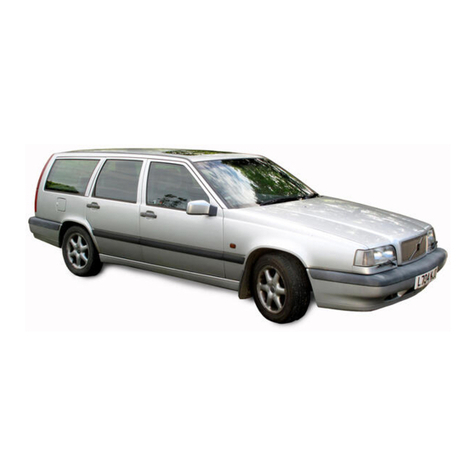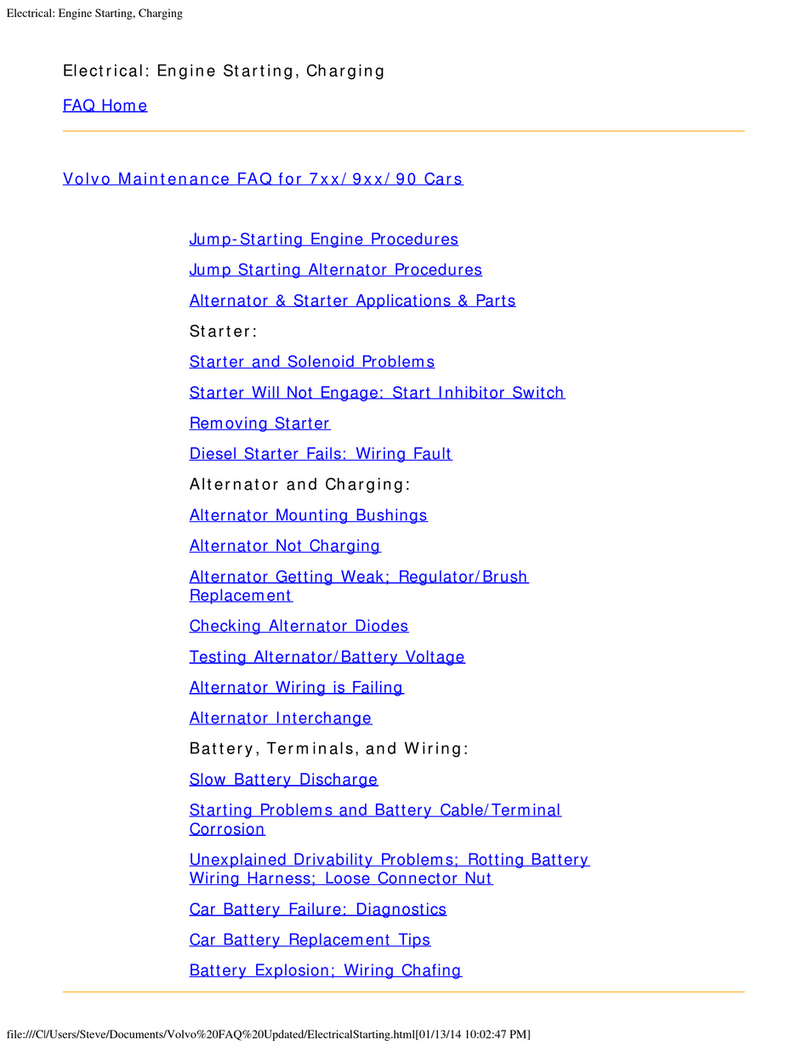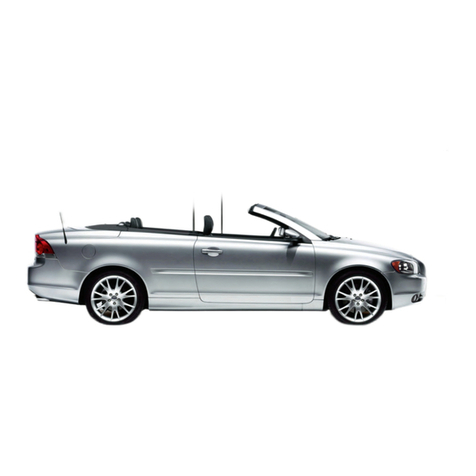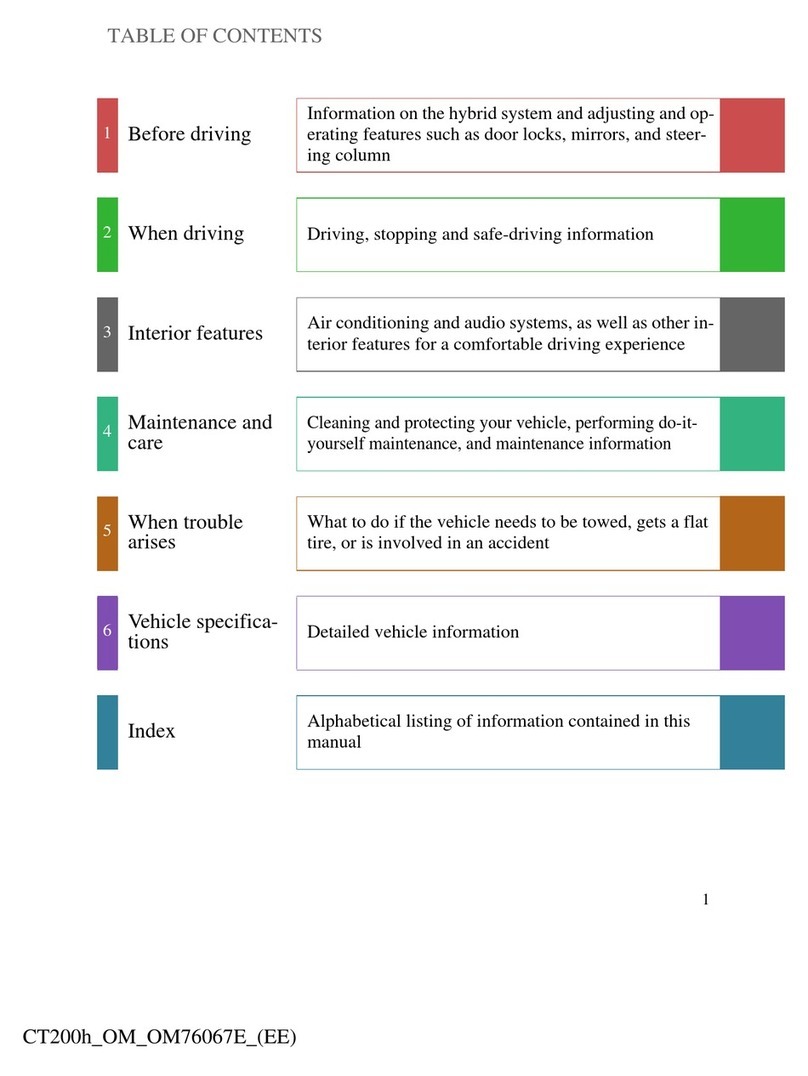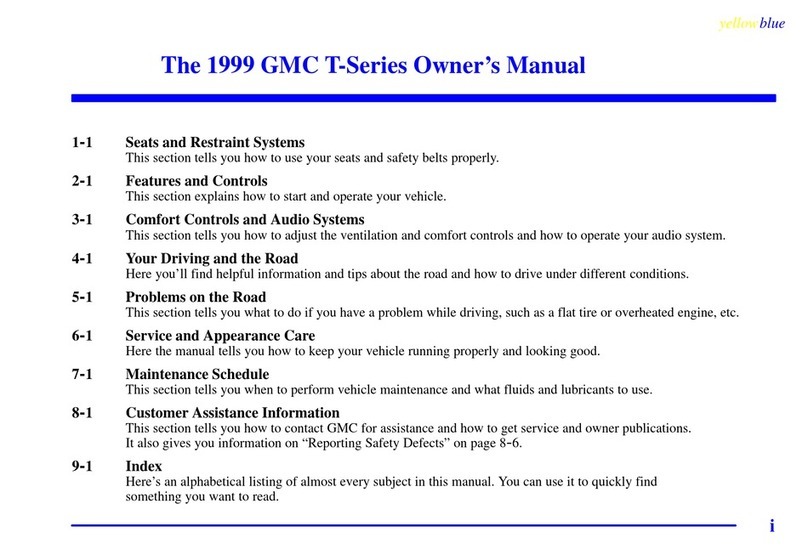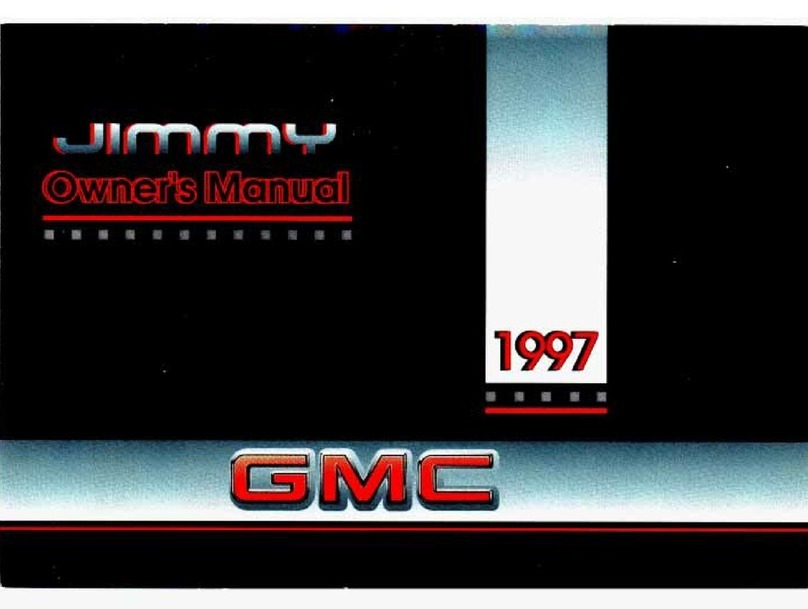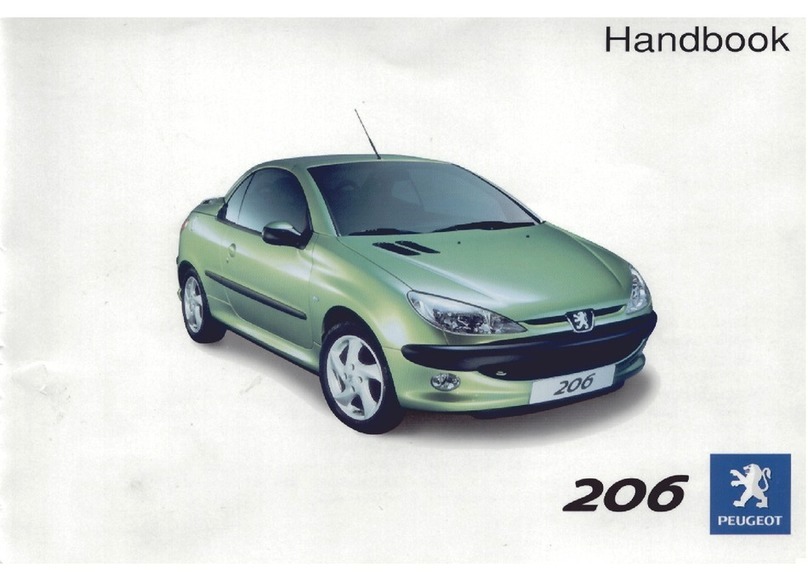Standard STD 420-0003
Volvo Group
Version 1 Page 3
4 Apparatus
4.1 General
The equipment shall comply with the dimensional requirements specified in ISO 6452. Alternative equipments are
permitted provided it has been ascertained that they give the same result as equipment complying with ISO 6452.
Evaluation of alternative equipment shall be made by testing, and it shall be possible to give an account of the
result in accordance with sections 6.1.3 and 6.2.3. In order to comply with the requirements, the test results must
be within the specified tolerances.
4.2 Thermostatically controlled bath, designed to operate up to 130 °C. Safety devices shall be fitted to prevent
overheating. The circulation system, the bath capacity and the heating system shall be such that the temperature
can be kept constant to within ± 0,5 °C throughout the bath.
Note 1: It is very important to maintain a stable temperature, as tests have shown that even as slight a difference
as 0,5 °C does show in the test results.
The bath shall be designed so that, after placing the beakers in the bath, the temperature does not drop more than 5 °C,
and the test temperature is regained after no more than 10 min. The minimum distance between the beakers and
the walls shall be 30 mm and between the bottom of the bath and the beakers 60 mm.
The bath shall be equipped with a device indicating the distance between the bath fluid and the lower surface of the
glass plate. This distance shall be 60 ± 2 mm.
Note 2: Some heaters/circulators have a centrifugal pump in the bottom pumping the liquid at high speed around
the bath. The beakers will have the liquid passing them at different speeds and this will cause different
temperatures in the different beakers.
4.3 Cooling plates, designed to be placed on the glass plates to keep them cool. The cooling plates shall be
hollow and made of corrosion-resistant metal, with the side facing the glass plate made of aluminium. They shall
have two cooling-water connections located so that the cooling water flows through the whole of the interior of the
plate. The surface in contact with the glass plate shall be flat. The mass of a cooling plate filled with water shall be
at least 1 kg, to overcome the buoyancy of the beaker in the bath. The whole of the weight of the cooling plate shall
rest on the beaker. A separate cooling plate shall be used for each beaker.
The cooling plates and the associated water thermostat shall be designed so that the mean water temperature is
21 °C and the difference in temperature between the inlet and outlet does not exceed 1 °C.
4.4 Flat-bottomed beakers, of heat-resistant glass, minimum mass 450 g, with the dimensions shown in Figure 1.
4.5 Metal rings, external diameter 80 mm, internal diameter 74 mm, height 10 mm and mass 55 ± 1 g, made of
corrosion-protected steel, to keep the test pieces flat.
4.6 Sealing rings, of fluoro-rubber or silicone rubber with L-shaped or circular cross-section, inner diameter 90-
95 mm, thickness 2-4 mm and hardness 50-70 IRHD.
4.7 Float-glass plates, of residential or windshield window quality for condensation of the fogging, thickness
3 ± 0,2 mm, either square with minimum dimensions of 110 x 110 mm or circular with a diameter of 103 mm. The
reflectometer values of all the plates used shall be the same to within ± 2 % units. The tin and non-tin surfaces of
the plates shall be identified.
NOTE - The tin and non-tin surfaces of the glass plates can be identified by viewing the surfaces in a darkened
room under UV light at 254 nm wavelength. The tin surface will fluoresce when exposed to the UV light.
4.8 Filter paper, with a diameter of 110 mm and a mass per unit surface area of 90 g/m2.











